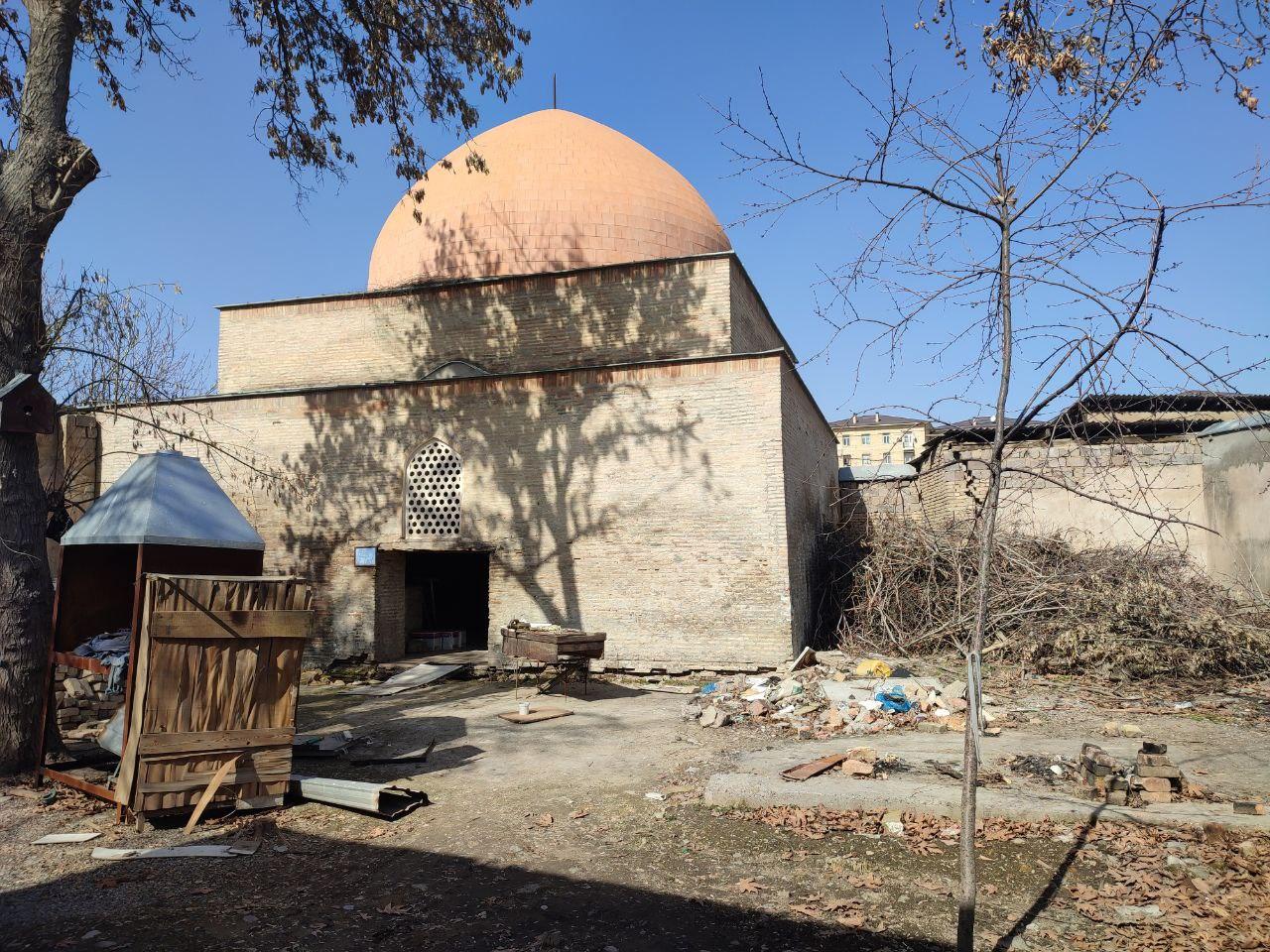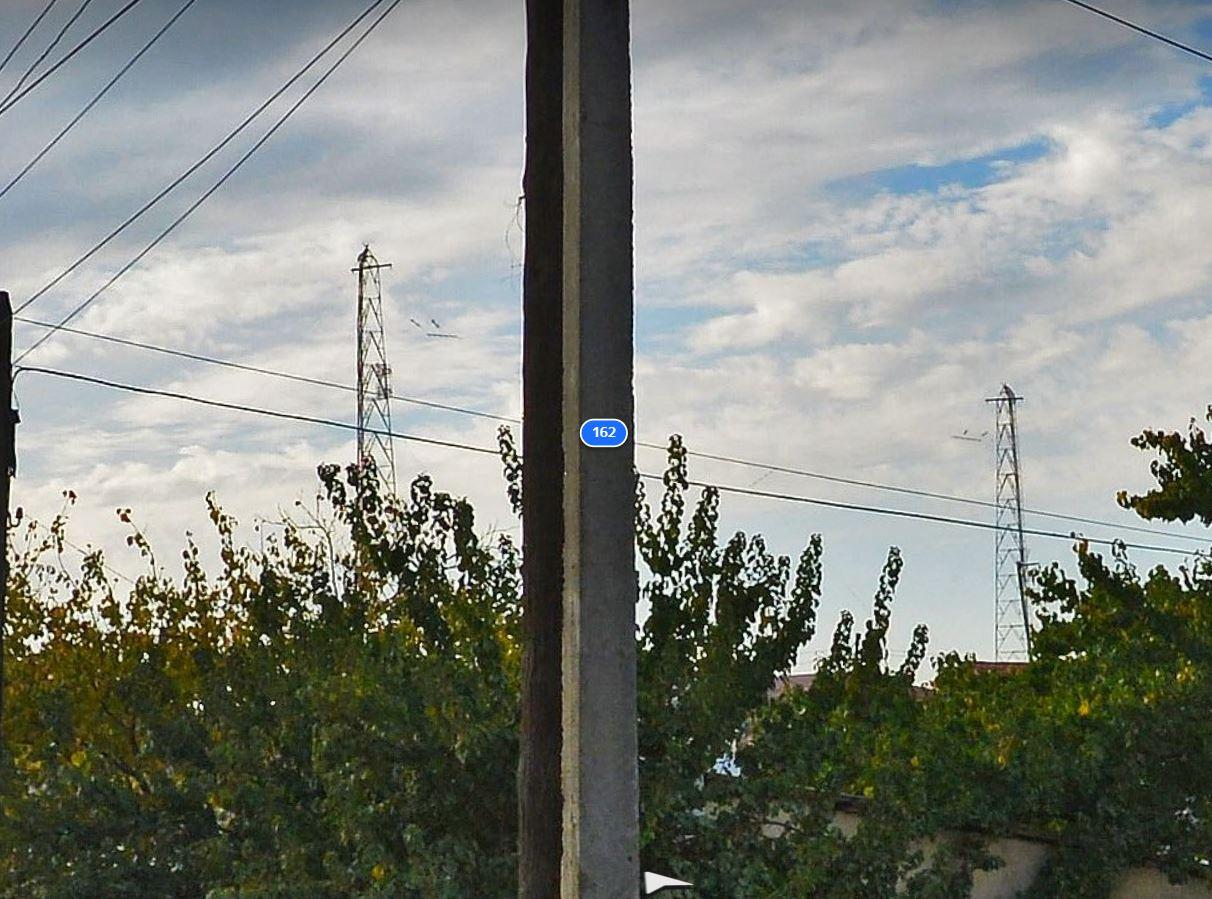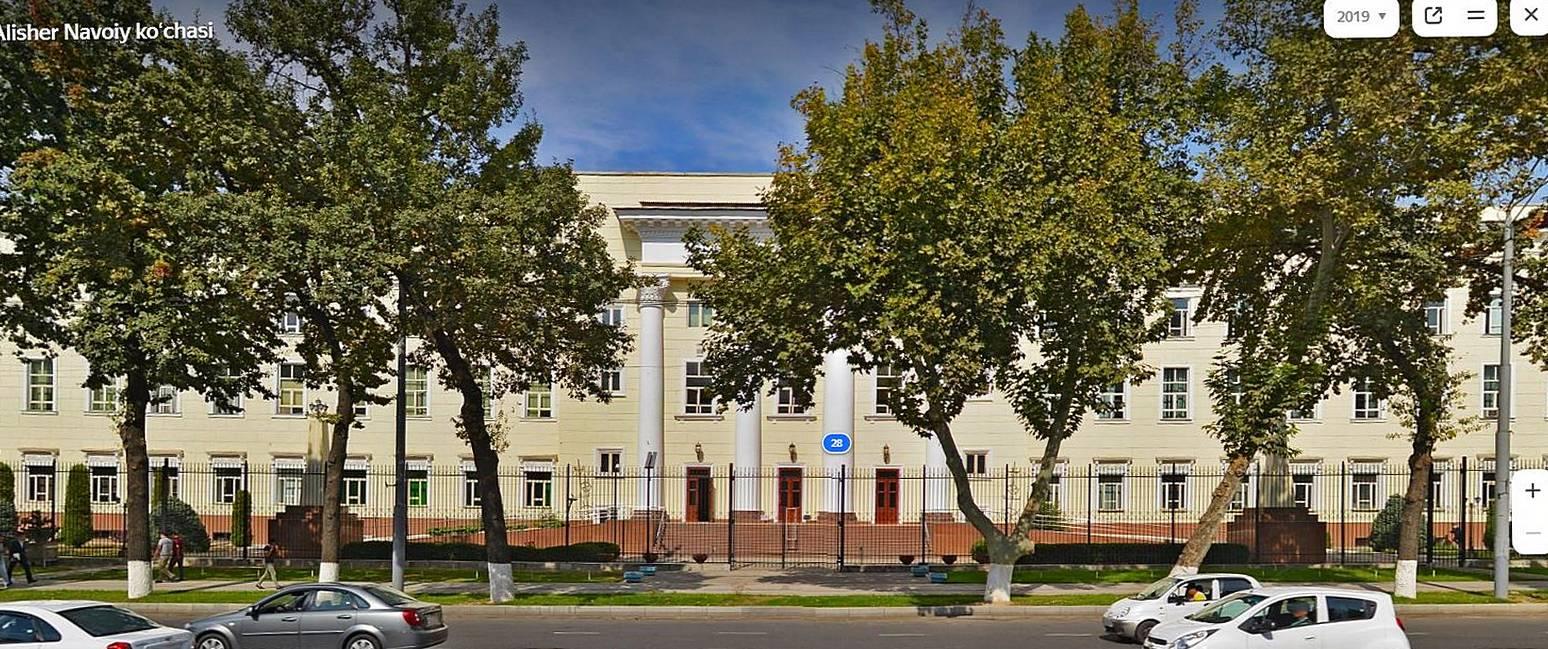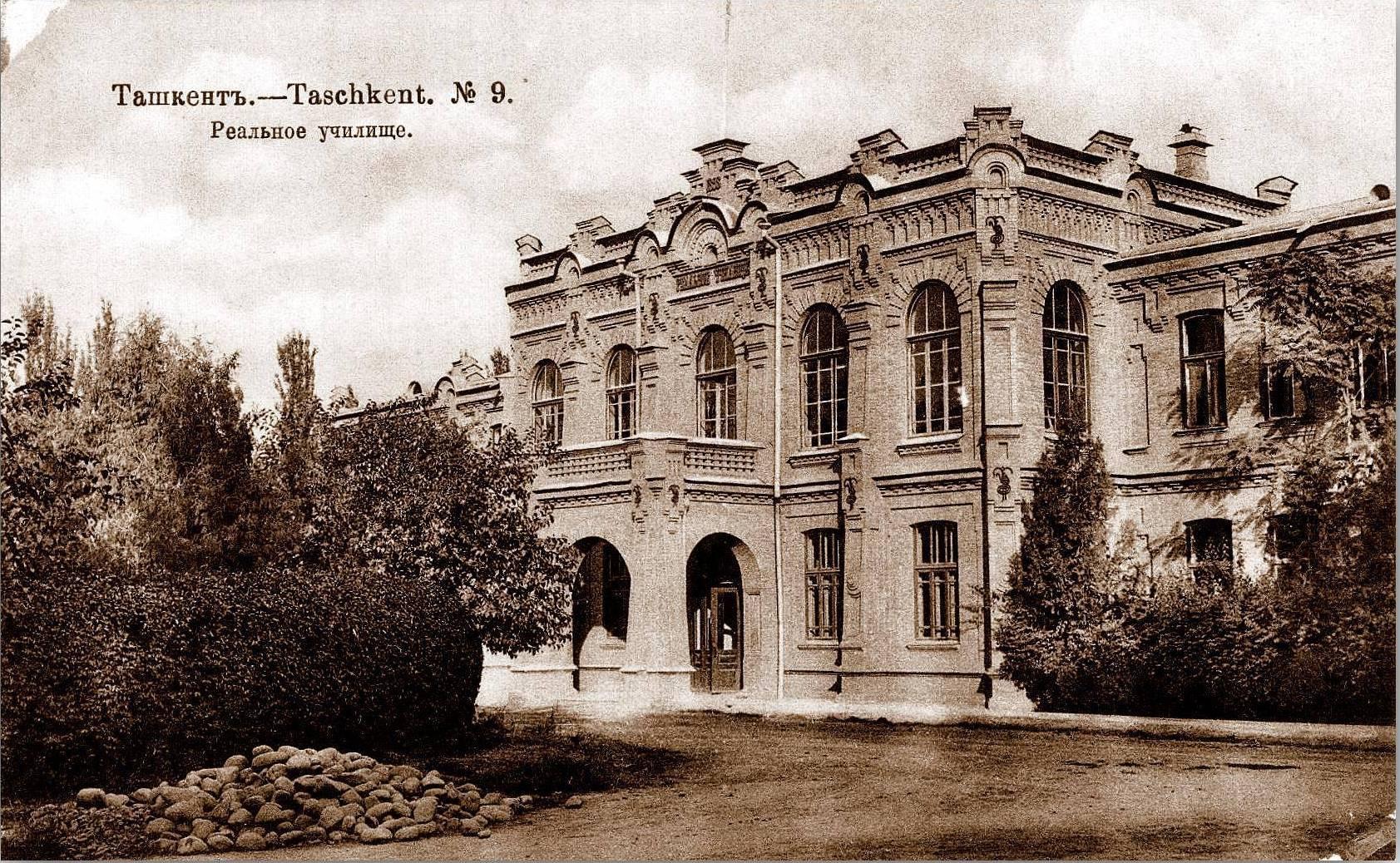
The mosque, with its orange dome
visible from afar, was first registered as a historical monument in 1953 by
I.F. Borodina and subsequently studied and described in detail by researchers.
Judging by its architectural style, the mosque was built in the mid- to late
18th century; more precise data is lacking.
According to waqf records, the mosque
was named after the righteous Arabian Mirkurbansheikh Azizon or after his
descendants, with the prefix "Eshan" added to the name.
In the 1920s, the mosque was closed
and used for commercial purposes. It suffered several fires, and in recent
years, it stood abandoned.
There is a burial site near the mosque;
the remains beneath it were transferred to the Kamalan cemetery, and the
symbolic grave was restored in 2007. The mosque is square in plan, with
plastered walls. There is a mehrab on the western wall. The other three walls
had doors, but only the southern entrance remains; the other entrances are
bricked up.
Near the mosque, there is a large
plane tree, believed to be 300 years old.
In 2023, landscaping of the
surrounding area began, without affecting the mosque.

Many Tashkent residents are familiar with the two tall lattice towers located not far from Fargona...

The Central Telegraph building is one of the most beautiful in Tashkent. It is part of the “Stalin-...

The “Samarkand” teahouse was built in 1975 on Samarkand-Darvaza Street.Architect: S. Sutyagin; engi...

In 1894, the first real school was opened in Tashkent. These schools were called "real" because, un...